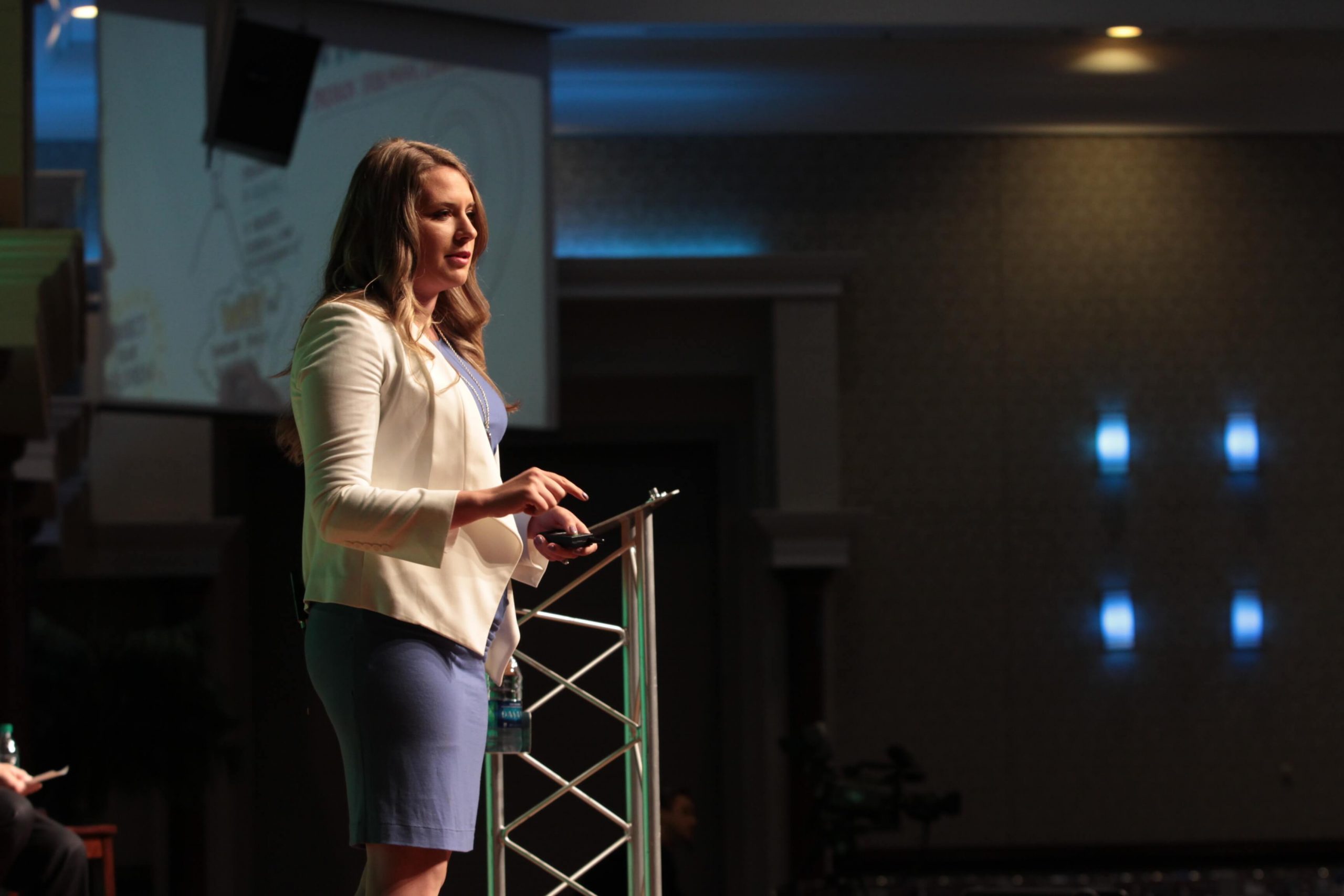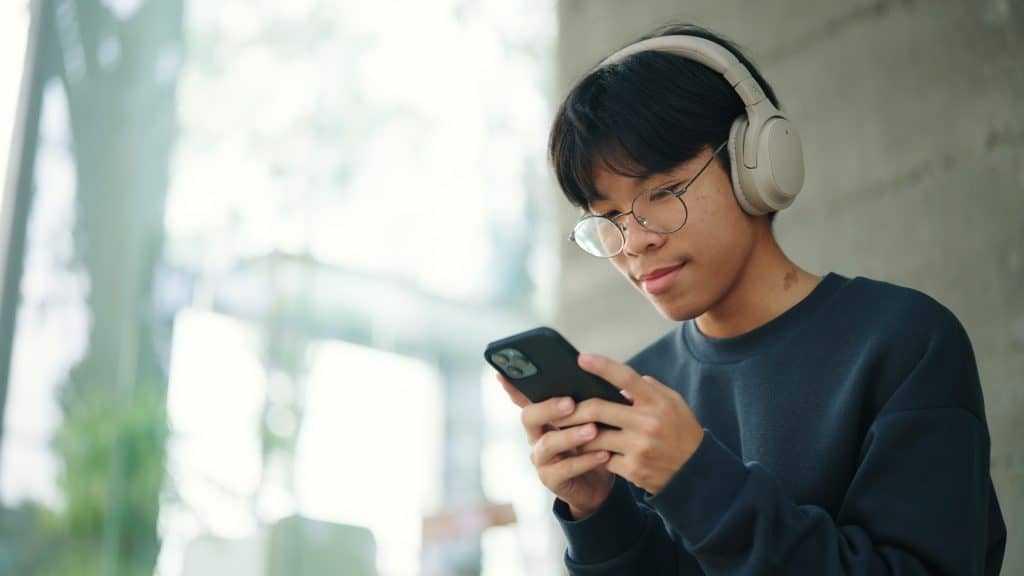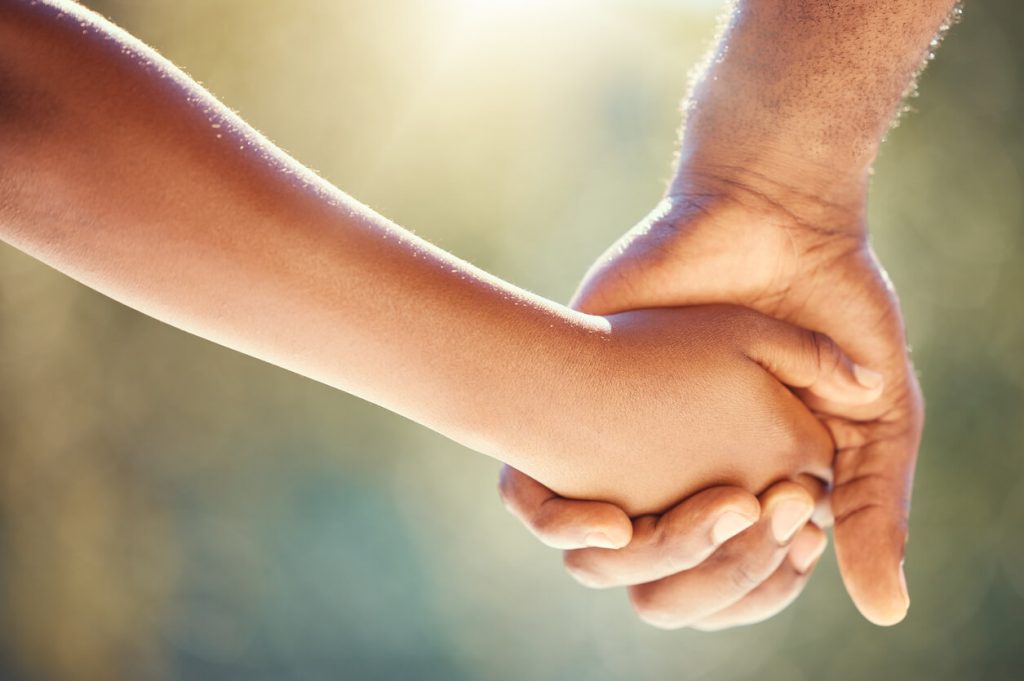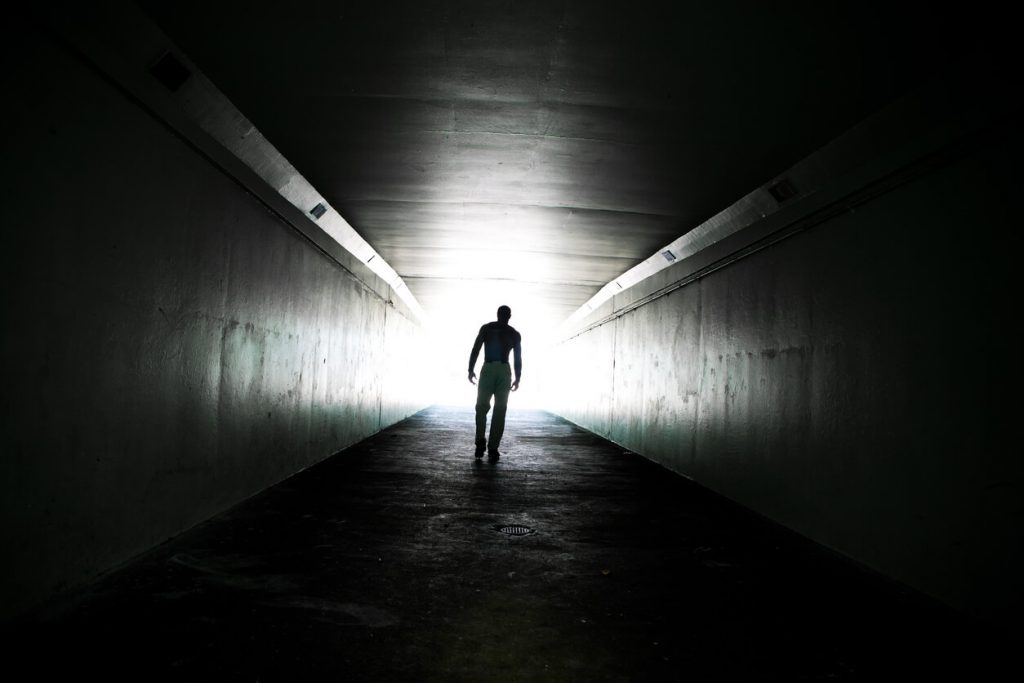Should we worry about sex trafficking in the United States? What exactly are the dangers, and how does this relate to the issue of pornography? What can churches do to help? Our podcast team sat down with Dawn Hawkins, CEO of the National Center on Sexual Exploitation (NCOSE), to discuss these important questions.
Who is affected by sex trafficking?
When we think about sex trafficking—if we do at all—it’s usually as something that happens to “other people.” You might read about sex trafficking in the news, but it usually takes place in some distant location. Dawn Hawkins warns that sex trafficking occurs much closer to home than we might expect.
“The reality is it’s happening in America. It’s happening in all of our communities. Nobody is immune to it. A lot of us think it’s happening abroad or just happening to certain groups of people. [Some groups] are more at risk. But it’s also happening to youth who go to church every Sunday… we’re seeing it happen all over the place.”
How porn and sex trafficking work together.
Hawkins explains how the porn industry works symbiotically with sex trafficking.
“There’s a number of different ways that pornography and sex trafficking are connected. One is that pornography use impacts your brain, it impacts your body, it impacts what you think is normal. While not all users act this way, many seek harder material, and many seek to act out what they are viewing. It’s driving [the demand] and exploding the prostitution market.”
We’ve written before about how pornography warps people’s brains. But it goes a bit further, as Dawn tells us here. Pornographers create a demand for other aspects of the sex industry. She continues, detailing the ways that pornography directly carries over into trafficking:
“Pornography is used to show them what to do and how to do it. Sex buyers very often bring pornography to their so-called dates or meetings with the trafficked individual and they say ‘I want this.’”
Unfortunately, the demand has fueled a massive market for sexual exploitation. Many have been unwittingly drawn into the pornography industry through deception, coercion, or force.
How children are trafficked through social media.
Perhaps most concerning, Dawn highlighted how predators target children specifically.
“Our organization has set up fake accounts [for teenagers] and immediately we’ll receive messages from gross adult accounts… We’ve done focus groups now, and almost 100% of youth are telling us they’re getting these kinds of messages. For them, this is their everyday experience. Many ignore it or know how to block it. But many don’t.”
Dawn shares heartbreaking stories of children who were caught up in the industry. However, there’s some good news. Recently, through the work of NCOSE and brave individuals stepping forward, pornographers are being held accountable for their role in sex trafficking.
How can churches help?
Dawn encourages churches to step up and help out. And she says it’s very easy to get involved. The first way is through prevention:
“As churches are trying to be in the prevention space, especially with youth who are more at risk, really getting folks before they have an addition or a dependency, they still feel empathy, helping them understand that those who are depicted in this material are so often abused and coerced.”
However, Dawn urges churches to focus on more than just prevention:
“The church can help in the policy side of things… It’s actually so easy to win. Come join us, our website is endsexualexploitation.org, there’s so many actions you can take right there from your phone. Of course, we’re non-profit and we operate from the charity of others.”
You can check out the full podcast with Dawn Hawkins as well as other great episodes here!








0 comments.